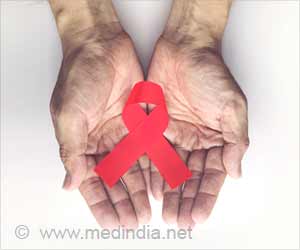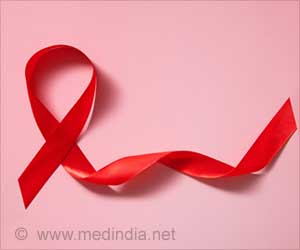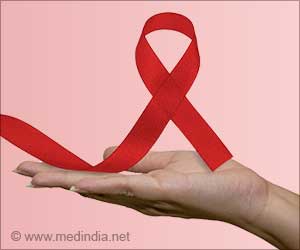In South Africa, the current antiretroviral treatment policy could lead to elimination of HIV within the country over the next 24 to 34 years.

The research, which is an international collaboration led by Jan Hontelez from Erasmus MC, University Medical Center Rotterdam, Netherlands, used nine increasingly sophisticated mathematical models aimed to test the time frames in which expanded access to antiretroviral viral therapy could lead to HIV elimination in South Africa..
Antiretroviral therapy is usually started when a person's CD4 count (a type of white blood cell) falls below 350 cells/μl blood, but evidence exists that treatment of all HIV-positive individuals, regardless of their CD4 count, could reduce HIV transmission by reducing the infectiousness of HIV-positive individuals ("treatment as prevention"). Previous studies have suggested that scale up of HIV treatment could lead to elimination of HIV although within differing time scales.
In their study Hontelez and colleagues systematically assessed a UTT intervention (defined as annual screening of individuals age 15+ years and immediate initiation of antiretroviral therapy (ART) for all HIV-infected adults starting in 2012 and scaled up to 90% coverage by 2019) by simulating the HIV epidemic in South Africa with increasing degrees of complexity and realism—including sexual networks, HIV stages with different degrees of infectiousness, and updated treatment effectiveness assumptions to explore the timeframes to elimination.
All the models replicated the prevalence of HIV in South Africa (the proportion of the population that was HIV-positive) between 1990 and 2010, and all predicted that UTT would result in HIV elimination (less than one new infection per 1,000 person-years). However, whereas the simplest model predicted that UTT would eliminate HIV after seven years, the more complex, realistic models predicted elimination at much later time points.
Importantly, the most comprehensive model predicted that, although elimination would be reached after about 17 years of UTT, the current strategy of ART initiation for HIV-positive individuals at a CD4 cell count at or below 350 cells/μl would also lead to HIV elimination, albeit ten years later than UTT.
Advertisement
Source-Eurekalert














